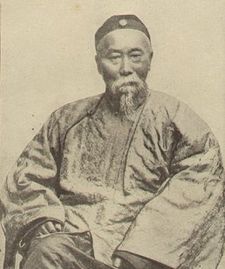
Anderlecht is one of the 19 municipalities of the Brussels-Capital Region, Belgium. Located in the south-western part of the region, it is bordered by the City of Brussels, Forest, Molenbeek-Saint-Jean, and Saint-Gilles, as well as the Flemish municipalities of Dilbeek and Sint-Pieters-Leeuw. In common with all of Brussels' municipalities, it is legally bilingual (French–Dutch).

Gansu is a landlocked province in Northwest China. Its capital and largest city is Lanzhou, in the southeast part of the province.

Joseph Kasa-Vubu, alternatively Joseph Kasavubu, was a Congolese politician who served as the first President of the Democratic Republic of the Congo from 1960 until 1965.

The CICM Missionaries also known by its full name the Congregation of the Immaculate Heart of Mary is a Roman Catholic missionary religious congregation of men established in 1862 by the Belgian Catholic priest Theophile Verbist (1823–1868).

Wayne Lim Junjie, better known by his stage name JJ Lin, is a Singaporean singer, songwriter, record producer, and actor. Lin launched his musical career by releasing his debut album, Music Voyager (2003). Lin has received three Golden Melody Awards, including one Best New Artist and two Best Mandarin Male Singer.

Maurice Auguste Count Lippens was a noble Belgian businessman, politician, and colonial civil servant and lawyer.
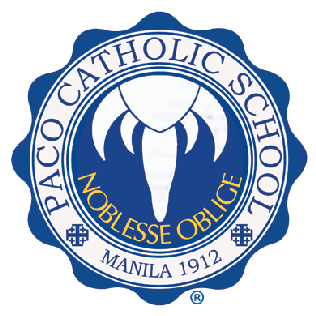
Paco Catholic School is a co-institutional private school. The school is located in the district of Paco in the City of Manila, Philippines. Paco Catholic school started in 1912 as an informal class for a handful of young boys inside the chapel in the Peñafrancia section of the district by Rev. Fr. Raymond Esquenet, CICM. It is the largest parochial school in the Philippines and now serving approximately 5,000 students.

Antoine Mostaert
Lieutenant General Auguste Tilkens (1869–1949) was a Belgian career soldier and colonial civil servant who served as Governor-General of the Belgian Congo from 1927 until 1934.
Léo Pétillon was a Belgian colonial civil servant and lawyer who served as Governor-General of the Belgian Congo (1952–58) and, briefly, as Minister of the Belgian Congo and Ruanda-Urundi (1958).
Félicien Cattier (1869–1946) was a very prominent Belgian banker, financier and philanthropist. He was also professor of law at the Free University of Brussels. He was governor of the powerful trust, the Société Générale de Belgique and chairman of the Union minière du-Haut-Katanga amongst many other companies.
Daniel P. Biebuyck was an American scholar of Central African art.

The Zhongshan Bridge is a steel truss bridge over the Yellow River in Lanzhou. Opened in 1909, it was the first permanent bridge over the Yellow River. The bridge is one of the most well-known landmarks of Lanzhou. Construction of the bridge began in 1907 and the bridge was completed in 1909.

Constant Pierre-Joseph De Deken is a Belgian colonial explorer, anthropologist and Roman Catholic missionary.
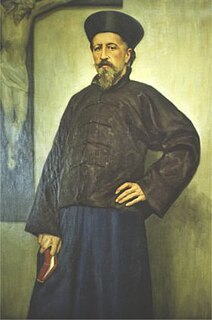
Theophiel Verbist was a Belgian Roman Catholic priest who founded the Congregation of the Immaculate Heart of Mary, a Roman Catholic missionary religious congregation of men. He led missionary activities in China.
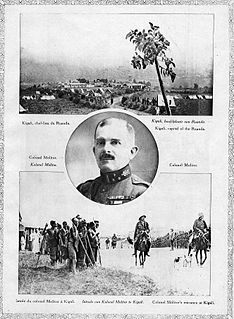
Philippe Molitor was a Belgian military officer. He is known for his role as commander of the Brigade Nord of the Force Publique, during the Tabora Offensive in the East African Campaign.
Félicien Ntambue Kasembe, CICM is a Congolese priest of the Catholic Church and a member of the Congregation of the Immaculate Heart of Mary. He is the bishop-elect of the Diocese of Kabinda, having been appointed to the position in 2020. Before he became a priest, he did missionary work in Taiwan, Hong Kong, Singapore and Mongolia.
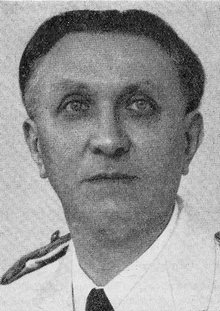
Ernest-Camille Bock was a Belgian lawyer and colonial administrator. He was governor of Orientale Province in the Belgian Congo from 1945 to 1952.
Raphaël Marie Joseph de la Kethulle de Ryhove, nicknamed Tata Raphaël or Sango Raphaël, was a Belgian Scheut missionary in the Belgian Congo.
Joseph Kiwele was a Congolese and Katangese musician and politician. He was Katanga's Minister of National Education and author of the state's national anthem, La Katangaise.

